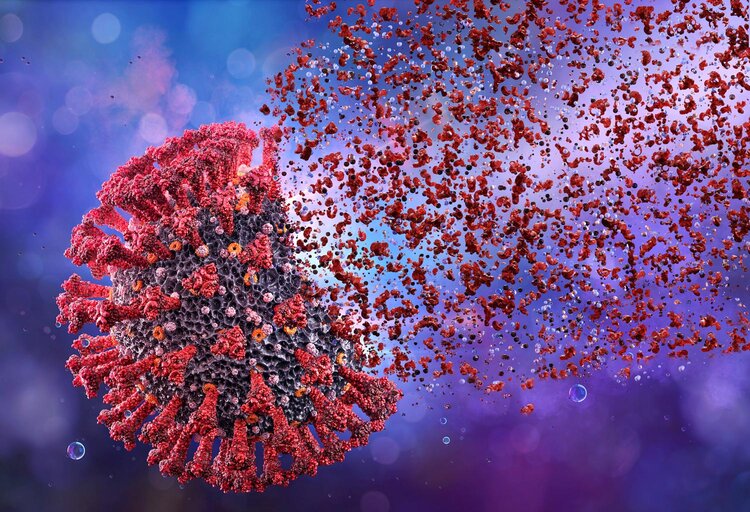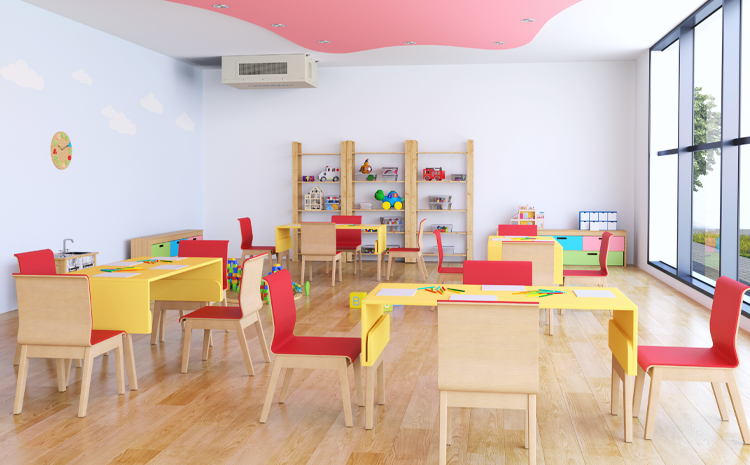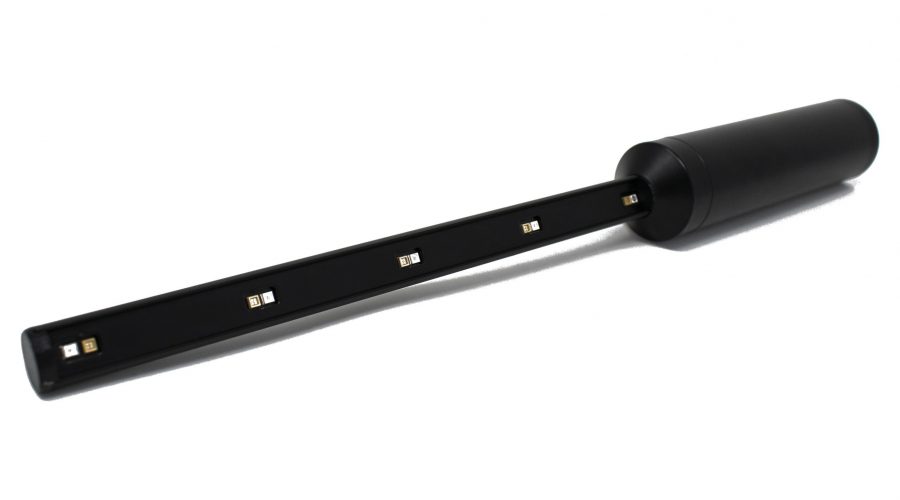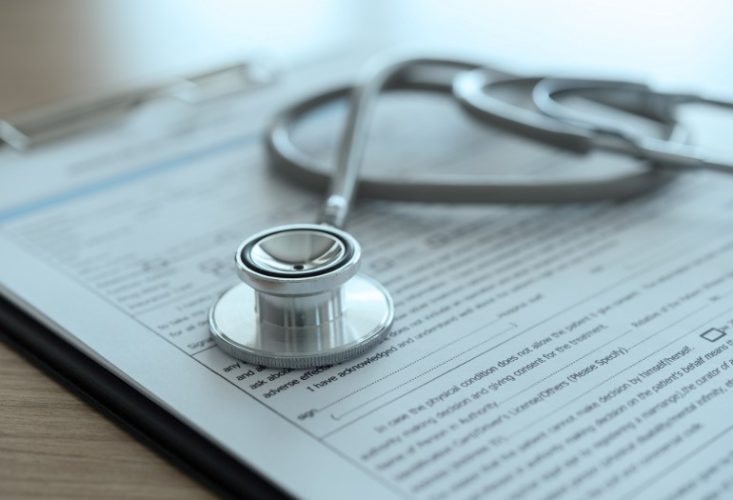The International Ultraviolet Association (IUVA) (www.iuva.org) has stated that UV-C (200-280nm) disinfection technologies may play an important role in reducing the transmission of the SARS-CoV-2 virus that causes COVID- 19, especially if combined with other contrasting methods.
UV is a well-known technology for disinfecting air, water and surfaces that, when used correctly, can help mitigate the risk of contracting a COVID-19 infection.
“The IUVA brought together leading experts from around the world to develop guidance on the effective use of UV technology as a disinfection measure to help reduce the transmission of the COVID-19 virus. Founded in 1999, the IUVA is an organization non-profit dedicated to the advancement of ultraviolet technology that aims to help address public health as well as environmental problems, ”says Dr. Ron Hofmann, professor at the University of Toronto and president of the IUVA.
UV-C and COVID-19
All microorganisms tested to date (including coronaviruses) are susceptible to UV-C radiation. Resistance to this radiation varies from pathogen to pathogen 1. Based on existing evidence and studies conducted, UV-C radiation is able to block the proliferation of COVID-19 by reducing its transmission among the population.
Tests carried out between two of the closest relatives of COVID-19 (SARS-CoV1 2 – 3 and MERS-CoV 4 – 5 – 6) showed that even for this virus the effectiveness of UV-C light depends on factors such as exposure time, the energy of the radiation and the distance of the pathogens from the source.
The IUVA expects similar results in the treatment of COVID-19, results evidenced by the completely Italian study carried out by INAF, University of Milan, Cancer Institute and Sacco Hospital of Milan 7.
Assuming that to lower the risk of transmission it is sufficient to reduce the total number of pathogens, UV-C are confirmed as a fundamental tool in an efficient plan to combat the spread of Covid-19.
Are UVC disinfection devices safe?
Like any disinfection system, UVC devices must be designed and used correctly to be safe.
The wavelength between 200nm and 280nm has a higher energy than normal sunlight, and can cause a reaction similar to an epidermal burn or damage the retina if exposed. It is therefore advisable to strictly follow the instruction and safety manuals.
We recommend using the new UV-C technology (such as LED technology) to be sure that the lamps do not emit Ozone during operation
IUVA urges consumers to pay attention in the choice of equipment, seeking efficacy tests, certifications about materials and electrical components, issued by well-known organizations.
Bibliography:
- “Miscellaneous Inactivating Agents – Guideline for Disinfection and Sterilization in Healthcare Facilities (2008);” Centers for Disease Control and Prevention, National Center for Emerging and Zoonotic Infectious Diseases (NCEZID), Division of Healthcare Quality Promotion (DHQP) (https://www.cdc.gov/infectioncontrol/guidelines/disinfection/disinfection-methods/miscellaneous.html )
- “Large-scale preparation of UV-inactivated SARS coronavirus virions for vaccine antigen,” Tsunetsugu-Yokota Y et al. Methods Mol Biol. 2008;454:119-26. doi: 10.1007/978-1-59745-181-9_11.
- “Inactivation of SARS coronavirus by means of povidone-iodine, physical conditions and chemical reagents;” Kariwa H et al. Dermatology 2006;212 (Suppl 1): 119 (https://www.ncbi.nlm.nih.gov/pubmed/16490989 )
- “Efficacy of an Automated Multiple Emitter Whole-Room Ultraviolet-C Disinfection System Against Coronaviruses MHV and MERS-CoV,” Bedell K et al. ICHE 2016 May;37(5):598-9. doi:10.1017/ice.2015.348. Epub 2016 Jan 28.
- “Focus on Surface Disinfection When Fighting COVID-19”; William A. Rutala, PhD, MPH, CIC, David J. Weber, MD, MPH; Infection Control Today, March 20, 2020 (https://www.infectioncontroltoday.com/covid-19/focus-surfacedisinfection-when-fighting-covid-19 )
- Ibid.
- “UV-C irradiation is highly effective in inactivating and inhibiting SARS-CoV-2 replication” di Andrea Bianco, Mara Biasin, Giovanni Pareschi, Adalberto Cavalleri, Claudia Cavatorta, Claudio Fenizia, Paola Galli, Luigi Lessio, Manuela Lualdi, Edoardo Redaelli, Irma Saulle, Daria Trabattoni, Alessio Zanutta, Mario Clerici; 2020; (https://www.medrxiv.org/content/10.1101/2020.06.05.20123463v1)





